Thoughts on Teaching: Meaningful Teaching Activities

The key to education then is transforming students from passive receivers of information to creative, dynamic learners who are actively engaged in the learning process. Learning is so much more than just taking in information!
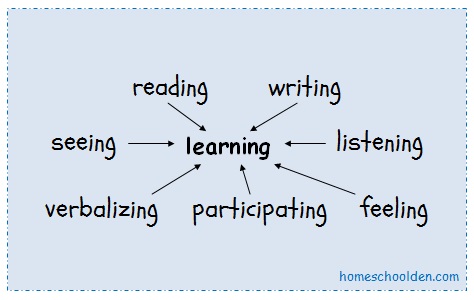
Before I go into those, I just wanted to add in a little story from our homeschool. In brainstorming for this post, I was inspired to try something new… I wrote a 9-act play all about the events leading to the American Revolution. The kids have had a lot of fun with that and we’ve been rehearsing for two weeks now… we’ve made props and a basic backdrop… and have practiced various scenes again and again… Well, DD has enjoyed doing the play so much that she said she’d like to do more drama. To make a long story short, we saw there were auditions for a community production of the musical, Narnia. DD auditioned and got a part as an animal in Aslan’s army and started rehearsals for that this week!
You never know how the extra energy you put into your lessons will impact and inspire your kids!!
So of course, doing a play will have to be at the top of my list for today!
As you plan out your lessons, you might consider some of these questions:
- What kinds of discovery activities can I use to take this lesson further?
- Is the activity meaningful?
- What does it add to the lesson?
- Is this activity age appropriate? Are the kids too young or too old for this activity?
I’m sure you have your own personal repertoire of teaching methods and learning activities, but here is a list of activities you could consider:
The goal with any of these activities is to teach in ways that are interactive, meaningful, and engaging. We need to find ways to continue to improve our instructional techniques… Think about the possibilities and give one or two a try.
plays/drama
re-enactments – Recreate a scene from a novel or a historical event
simulations – have students step back in time and “be” a different person
role play – Create role-cards each containing a description of a character to play during the activity. Provide general parameters of how the character would react. This is effective in history and foreign language lessons
conduct fake interviews — have students play a role and interview them (news style). Ask probing questions.
set the scene – Kim Bearden (author of Crash Course: The Life Lessons My Students Taught Me) (affiliate link) does a great job incorporating this technique effectively into her classroom — setting up an operating table to “operate” on sentences. History teachers could transform their classrooms into Ancient Egypt or demonstrate trench warfare (with chairs turned upside down for the barbed wire). For a foreign language class you could set up a post office or spend the day at the beach.
debates – take a side and argue it well, even if you don’t actually agree
music – songs and rhythm – People remember a lot from songs they sing. In our homeschool, we have sung the U.S. Presidents Song and the 50 States Song… about the Human Body Systems… and are currently singing songs in German to help us remember the parts of the body, clothing & colors, etc.
rhyme, chants
time for personal reflection – When people relate what they are learning to what they know, the go a step further in the learning process, connect and relate to the material better. Create opportunities for students to empathize with others and connect emotionally with the material (in a novel, back in history) Help the students to to capture the moment or feeling of that situation/event/period.
posters, brochures, portfolio projects – Writing projects help students synthesize the material and put it into their own words.
create cartoons about the information at hand
create multimedia presentations – blog, video, slides, power point presentations
create interactive notebooks and lapbooks
research projects
art projects – dioramas, drawings, paintings, sculpture that relate to the subject
hands-on geography maps, relief maps, pin maps
Montessori cards
science experiments
online games – Not too long ago I shared some of the online multiplication games that ED has been playing, but there are tons of other options as well. I just did a quick search and came up with a number that the kids would enjoy… like Word Twist – and online version of Boggle which would be a fun alternative for spelling. Shape it Up would be a great addition to an Earth Science Unit as kids have to change one view of the land to look like another by adding a force of nature and a span of time. Grammar Blast has options for learning about different parts of speech and grammar rules. These were just a few game options from the huge list put together by Ed Tech Ideas.
use QR Code readers as a different approach to reviewing material – You can check out some of the materials I’ve made: like this Outdoor Treasure Hunt with QR Codes or Addition, Subtraction, Multiplication, Division Practice – Minecraft QR Code Math. I’ve also made Civics Review Cards with QR Codes and American Revolution Review Cards with QR Codes
play active review games like Jeopardy and make it fun
Most any material can be made engaging, but it takes some planning. I’m sure I’ve left a lot of amazing, creative ideas off the list, but that’s the exciting thing about education, right? The possibilities are endless. Our goal as educators is to make the learning experience engaging, exciting… and to leave the kids wanting more! We all develop our own repertoire of teaching strategies and borrow heavily from the other educators out there!
So, that’s about it for today. Happy Homeschooling and Terrific Teaching!
See you again soon here or over at our Homeschool Den Facebook Page! ~Liesl
Disclosure: Please note that some of the links in this blog are affiliate links, and at no additional cost to you, I will earn a commission if you decide to make a purchase.
Other posts in this series:
- Thoughts on Teaching: Creating a Power Morning
- Thoughts on Teaching: Getting Organized
- Thoughts on Teaching: The Wise Teacher and the Student
- Thoughts on Teaching: Life Happens
- Homeschooling is Like Coaching an Olympic Sport
You might also enjoy this post:
Here are a couple of our units that are quite a number of hands-on activities:
We did this as part of our electricy and circuits unit. The kids loved this!
Magnetism Unit: Magnets, Magnetic Fields, Magnetosphere My kids really loved the section on magnetic fields!
See you again soon here or over at our Homeschool Den Facebook Page! Don’t forget to Subscribe to our Homeschool Den Newsletter. You might also want to check out some of our resources pages above (such as our Science, Language Arts, or History Units Resource Pages) which have links to dozens of posts. You might want to join our free Homeschool Den Chat Facebook group. Don’t forget to check out Our Store as well.
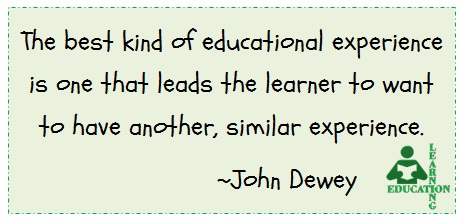
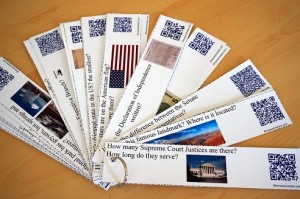
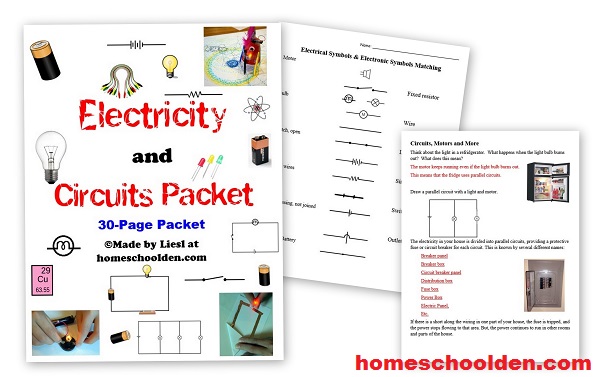
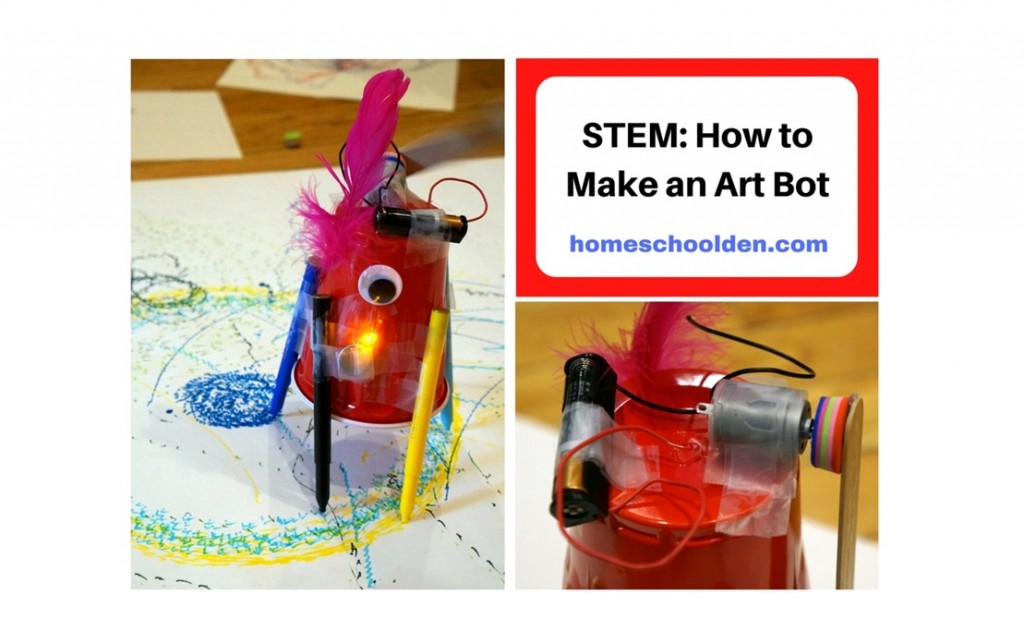
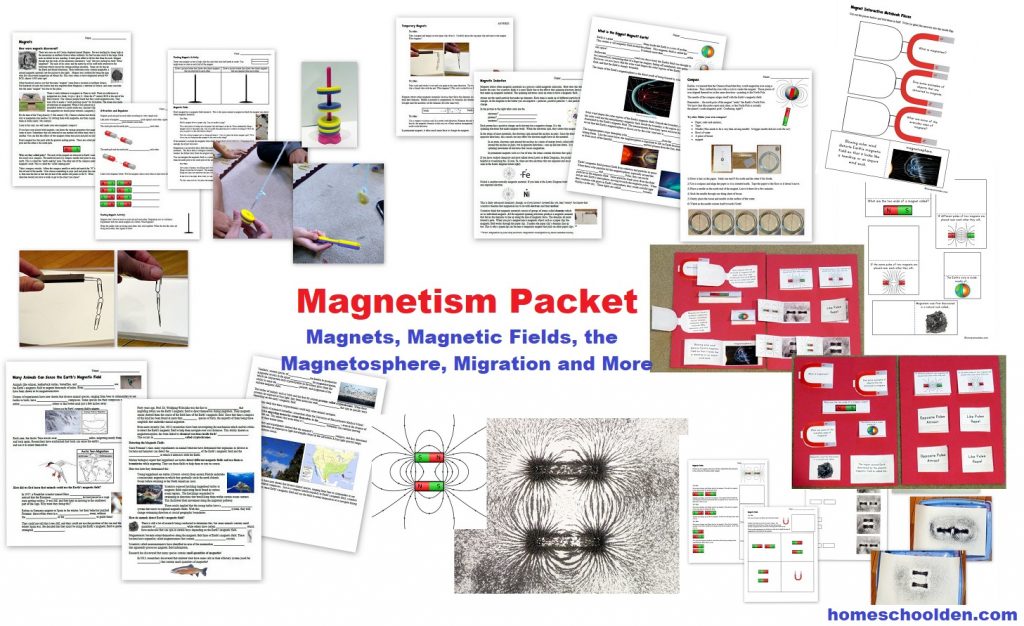
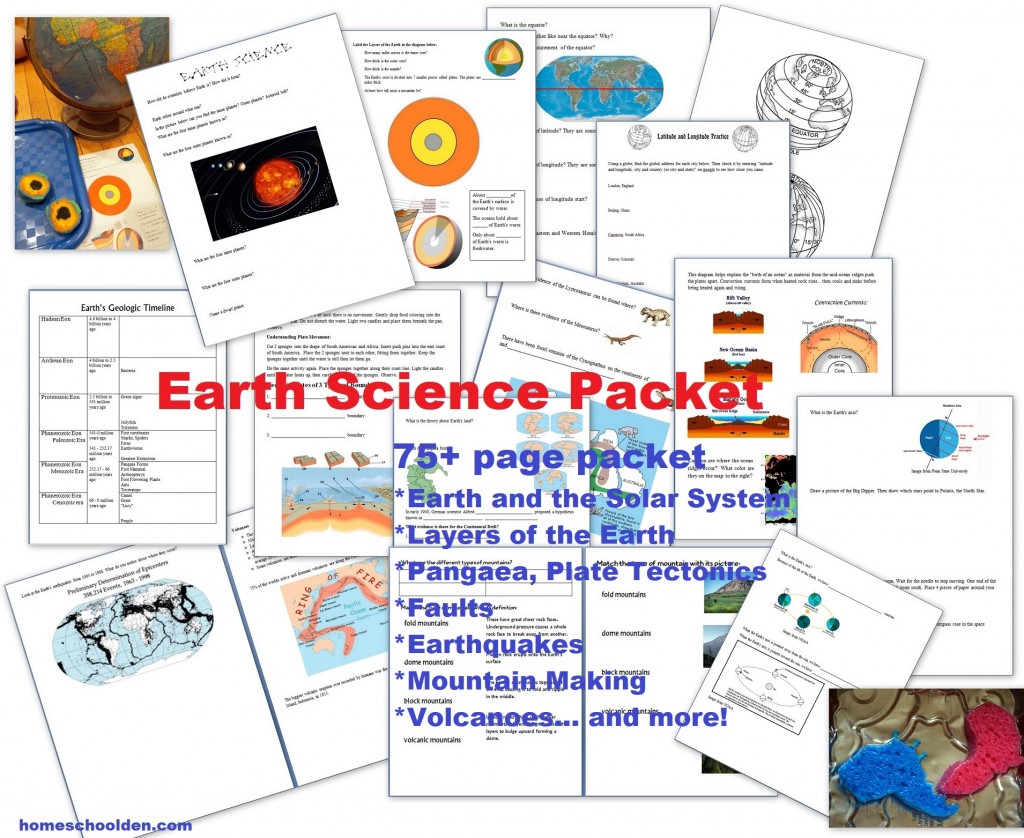

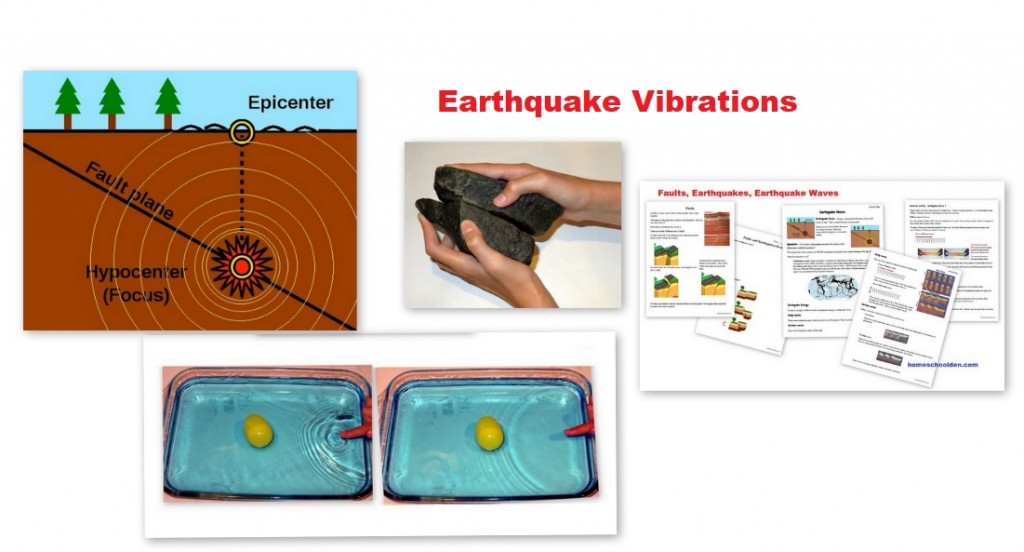























































This is great Liesl, thanks for taking the time to put it together. I think we can easily fall into the trap of simply ‘getting it done’ and not take the time to consider the needs and wants of all of our students.